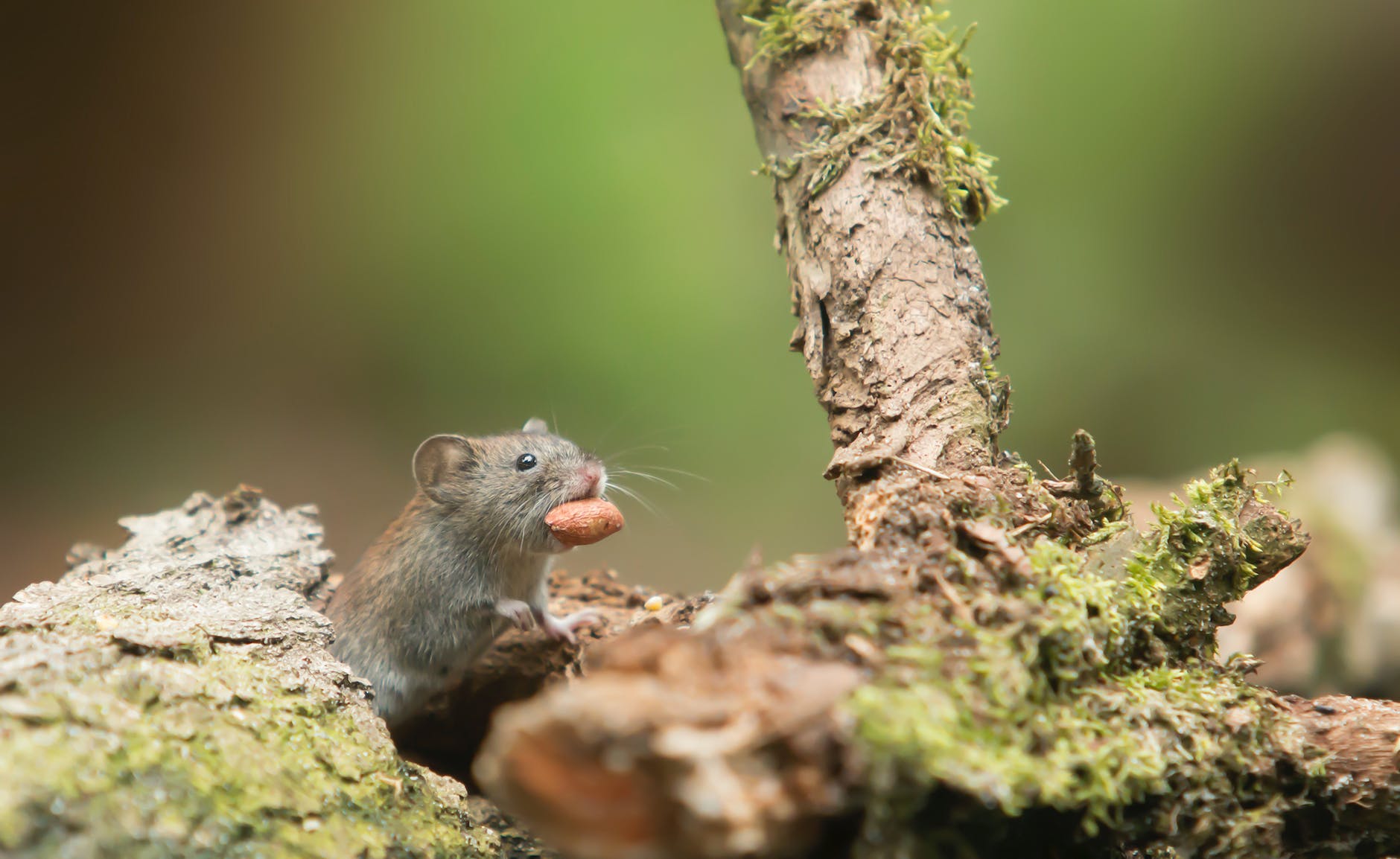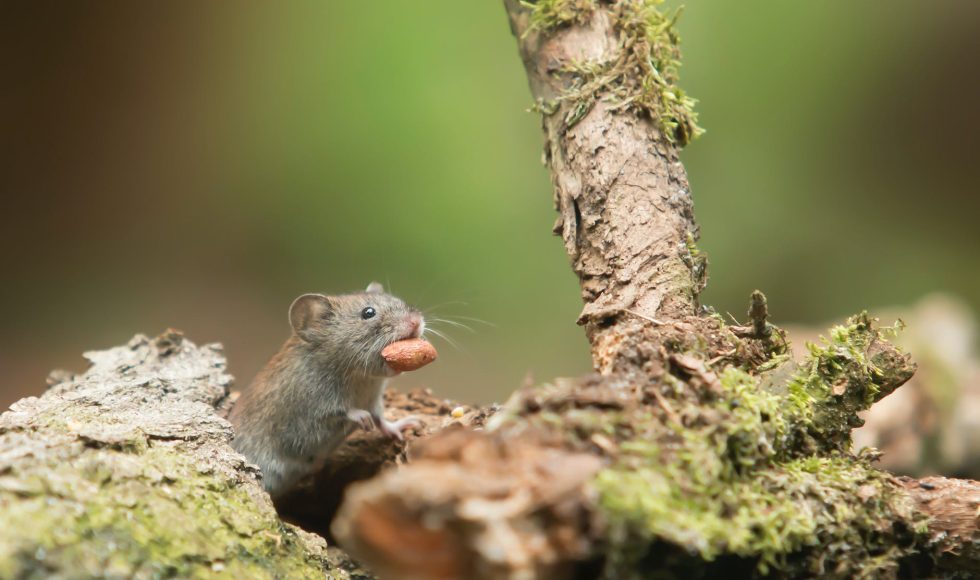Continuing with epigenetics, tonight I watched the London Calling 2022 session by Eveliina Hanski from the University of Oxford in the UK. The title of the session is “From laboratory to the wild: a non-invasive, MinION-based method for determining the epigenetic age of mice.” Hanski is a final year graduate student and is interested in aging… and the gut microbiota. They asked: what is age and how do we define it? They explained that chronological age and biological age may both be used to explore aging. Biological age involves telomere length, for example. However, Hanski noted that much of our understanding of biological age comes from limited studies. They decided to explore lab and wild mice aging. They built upon work by Han et al. 2018 who explored epigenetic age as a predictor for mice based on three CpG sites. Hanski and colleagues decided to study fecal samples to study methylation rates. They obtained samples from lab and deserted island mice and stored in DNA/RNA Shield. The extracted DNA was subjected to bisulfite conversion and PCR for age-related genes determined by Han et al.. Samples were sequenced on R9.4.1 flow cells using the SQK-LSK 109 ligation-based kit and barcoding expansion. Base calling was performed with Guppy and Apollo was used to calculate methylation rates for five genes and their methylation sites. They used the elastic net regression package glmnet to explore twelve CpG sites from three genes. With this, they developed a clock and applied it to wild mice. They found that epigenetic age and body size align, however wild mice epigenetic clocks seem to be overestimated. Hanski noted that this may be due to DNA degradation between sampling and preservation. In the lab and in the wild, they found that fecal samples can be used to measure methylation with MinION. Importantly, the results suggest that lab mouse-based epigenetic clock estimates can be used to age wild mice with unknown chronological age. They also found that the rate of epigenetic aging does vary more among wild mice yet is overall similar across lab and wild mice. This session and Hanski’s work were really intriguing. I wonder how they did the bisulfite conversion…



